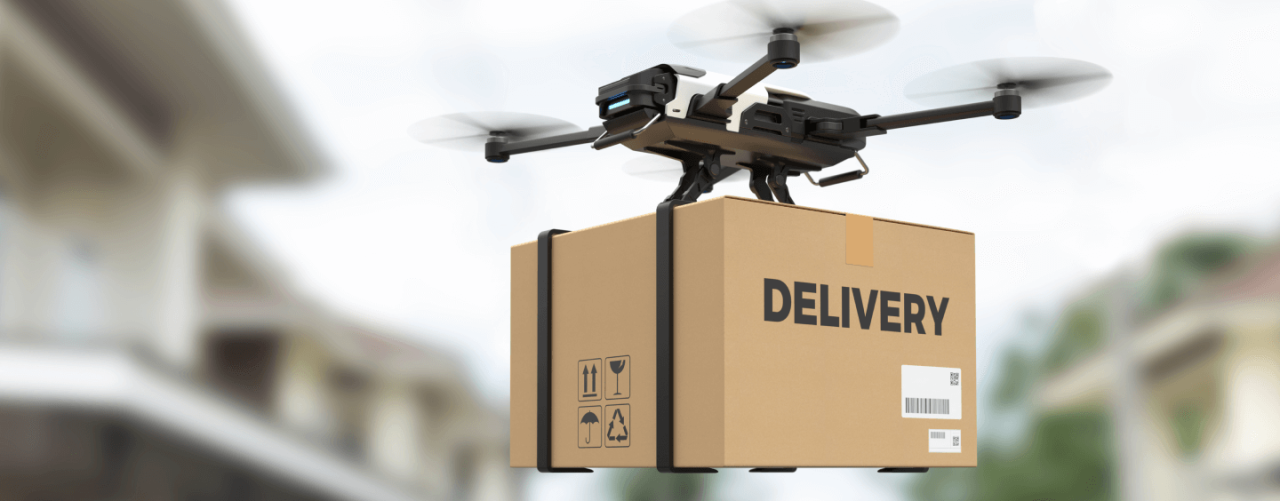无人机将接管电子商务运输--你准备好了吗?
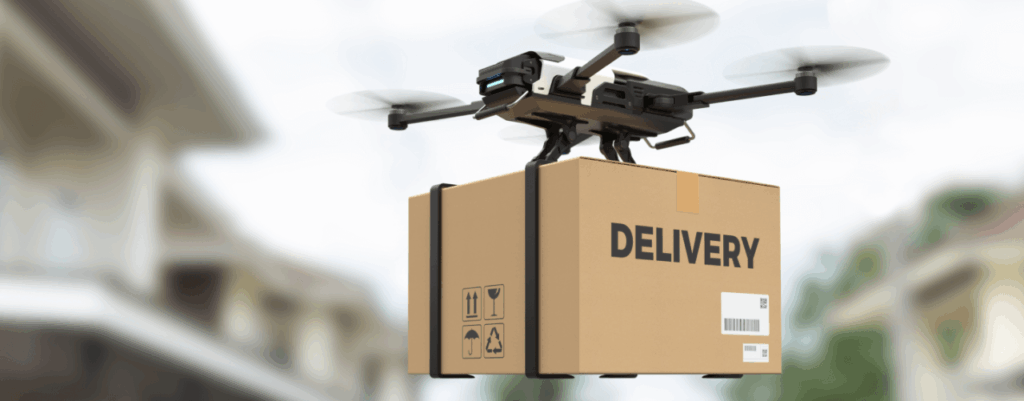
无人机能否真正改变 电子商务航运 并解决企业面临的最大配送挑战?曾经看似遥不可及的未来,如今已成为现代物流的实际组成部分。零售商和快递公司正在测试无人机机队,以加快最后一英里配送速度、降低成本,并满足客户对近乎即时服务不断提高的期望。转变已经发生--你准备好适应了吗?
为什么无人机在电子商务运输中越来越重要?
电子商务改变了客户对送货的看法。人们希望在几小时内而不是几天内收到包裹。由于交通、劳动力短缺和燃料成本等原因,传统的送货方式举步维艰。无人机可以解决这些问题:
- 更快的交付:本地订单 30-60 分钟内送达
- 效率:不会因交通或绕行造成延误
- 降低成本:燃料和人工费用降低
- 无障碍环境:能够到达农村或难以到达的地区
亚马逊、UPS 和 DHL 等公司已经在推出无人机项目,这表明基于无人机的电子商务运输已不仅仅是一个概念。
无人机如何改善最后一英里配送问题?

是什么让 "最后一英里 "如此昂贵?
"(《世界人权宣言》) 最后一英里 占总运输成本的一半以上。原因包括
- 每条线路上的包裹数量少,导致每次送货的效率降低
- 燃料成本上涨增加了不确定性
- 城市交通不断造成延误
无人机如何解决这个问题?
无人机从中心直接飞到客户家门口。优势包括
- 直达路线 无交通干扰
- 可扩展性 通过无人机同时作业
- 提高满意度 从更快的服务
这使得电子商务运输更具成本效益,同时又能满足客户的期望。
无人机送货安全可靠吗?
安全问题
人们经常担心无人机与物体相撞或造成危险。为了解决这个问题,无人机现在包括以下功能:
- 地理围栏:数字边界:在无人机系统中编入一个数字边界,防止无人机进入机场、军事区或拥挤的市中心等禁区。这就减少了在敏感地区发生事故的几率。
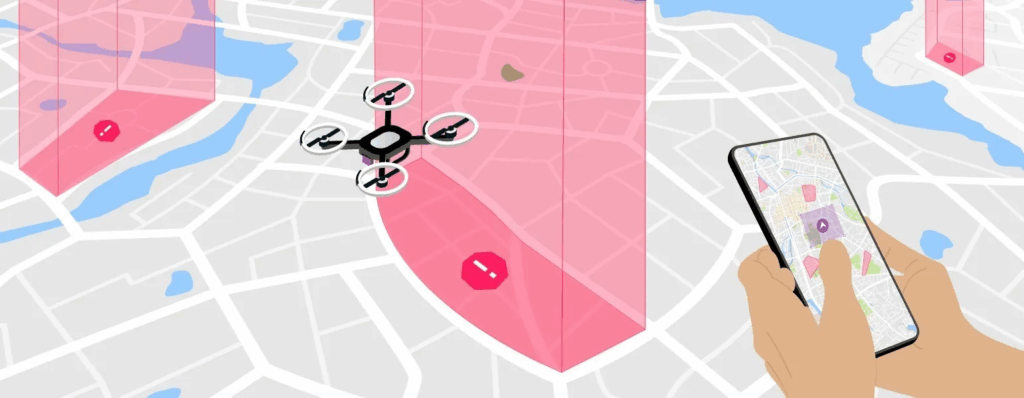
- 障碍物探测:摄像头、雷达或其他传感器 激光雷达 它能帮助无人机在飞行过程中识别并避开树木、建筑物、电线或其他飞行物体。
- 自动紧急降落:内置安全功能:如果无人机失去连接、电池故障或在飞行途中遇到意外问题,可安全降落到地面。
可靠性因素
- 耐候性 适合小雨和大风
- 更长的电池寿命 来自先进的锂离子技术
- 精确导航 使用 GPS
这些进步表明,无人机的可靠性很快就能与地面运输相媲美。
企业必须考虑哪些监管挑战?
法规为何重要
空域控制、隐私和安全是采用无人机的关键。每个地区都有独特的规则。
现行法规
美国:美国联邦航空管理局(FAA)
"(《世界人权宣言》) 美国联邦航空局 美国允许 超视距飞行(BVLOS) 无人机飞行获得批准,需要远程 ID 和障碍物检测等安全工具。这一步对于扩大电子商务航运规模至关重要。
欧洲: 欧洲联盟航空安全局 (欧洲航空安全局)

"(《世界人权宣言》) 欧洲航空安全局 制定统一的欧盟规则,将无人机的使用划分为 开放、具体和认证 类别。这种一致性支持跨境电子商务运输。
亚太地区:中国和日本
中国民用航空局(CAAC)支持 JD.com 和顺丰快递在农村地区开展送货试点。与此同时,日本民航局(JCAB)允许 第 4 级 超视距飞行(BVLOS) 在人口稠密地区,以快速的本地电子商务运输为目标。
这对企业意味着什么
要避免延迟采用无人机技术,就必须随时了解最新法律,并与获得许可的物流供应商合作。
无人机能否降低电子商务运输成本?
由于对车队和基础设施的初期投资较高,成本不会立即下降。但长期节约是显而易见的:
- 节省劳动力:所需驾驶员人数减少
- 能源效率:电力比汽油便宜
- 更频繁的订单:更快的送货速度鼓励重复购买
对于运输量大的企业来说,这些优势是巨大的。
无人机将如何改变客户的期望?
消费者已经期待免费、快速的运输。无人机将进一步推动这些期望。
关键转变
- 超快交付:客户可在一小时内收到订单
- 跟踪:无人机实时跟踪和更新将成为标准配置
- 可持续性:有环保意识的买家可能更青睐无人机而非卡车
无人机将使速度和透明度成为电子商务运输的核心。
无人机航运对环境有何益处?
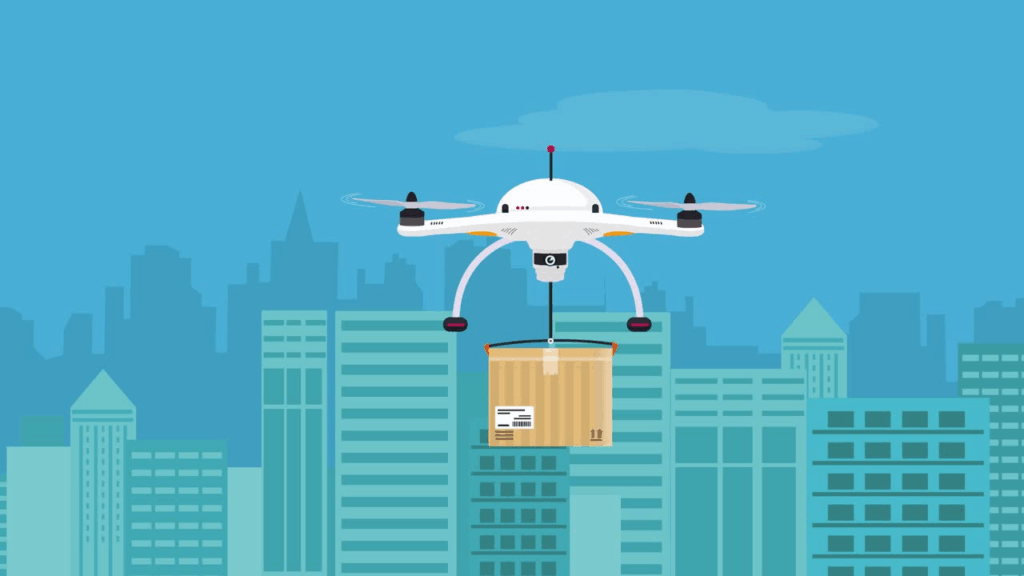
- 降低排放量 与燃油汽车相比,电动汽车
- 减少道路拥堵 卡车和货车数量减少
- 可持续基础设施正在对太阳能充电站等设备进行测试
对于注重绿色环保的品牌来说,无人机既能承担环保责任,又能增强市场吸引力。
哪些挑战会推迟无人机的采用?
尽管好处显而易见,但仍存在一些挑战:
- 有效载荷限制:大多数无人机的载重量仅为 2-5 公斤
- 范围限制:飞行距离上限约为 30 公里
- 噪音投诉 来自社区
- 设置成本高 针对小型零售商
企业必须权衡这些因素和长期利益。
企业如何为无人机电子商务运输做好准备?
今天的准备工作可确保明天的竞争力。
实际步骤
- 分析产品 符合无人机重量限制
- 建立伙伴关系 与物流公司合作,测试无人机送货
- 建设基础设施 像本地微型仓库一样
- 轨道规定 和即将进行的审批
- 市场效益 为客户提供的服务,包括速度和环保性
及早采用可使企业在电子商务航运创新方面处于领先地位,而不是落后。
数据和人工智能将在无人机配送中扮演什么角色?
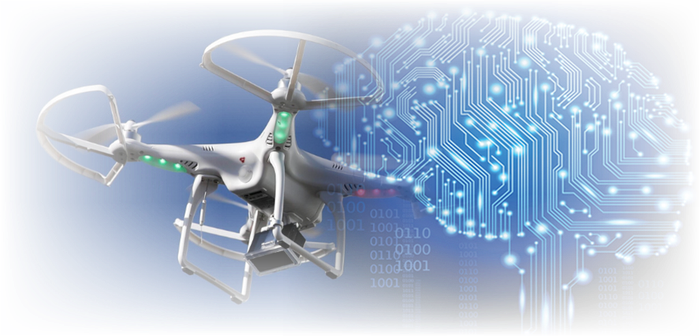
无人机送货不仅仅是机器飞行包裹。它在很大程度上依赖于 数据和人工智能.人工智能帮助无人机避开障碍物、 优化路线并同时管理多个交付。对于电子商务发货而言,这意味着
- 更智能的路由选择 避开禁区和恶劣天气
- 预测分析 预测需求,使无人机更接近客户
- 提高效率 通过学习交付模式并不断调整
随着人工智能的成熟,无人机队几乎可以实现完全自主,从而减少对人类监督的需求。
小型企业能否从无人机航运中获益?
许多人认为,只有大型企业才能使用无人机送货。然而,如果服务提供商提供以下服务,小型零售商也能从中获益 共享无人机网络.这允许多个企业使用相同的无人机基础设施,从而降低成本。对小型企业来说,好处包括
- 更快的本地交付 无需投资车队
- 进入服务不足地区 大型运营商可能忽视的问题
- 竞争优势 与大型竞争对手的速度相匹配
共享无人机解决方案可以为电子商务运输提供公平的竞争环境,使小企业能够更有效地参与竞争。
结论 您准备好迎接电子商务航运的无人机时代了吗?
无人机不再是实验品,它们正在塑造电子商务运输的未来。更快的交付、更低的成本和可持续发展的优势显而易见,而法规、有效载荷限制和前期投资仍是障碍。现在采取行动的企业将在快速变化的物流环境中脱颖而出,成为领导者。
了解更多有关创新电子商务运输解决方案的信息,请访问 邮政包裹.
行业洞察
收件箱消息
Nulla turp dis cursus.整体释放,预留空间

